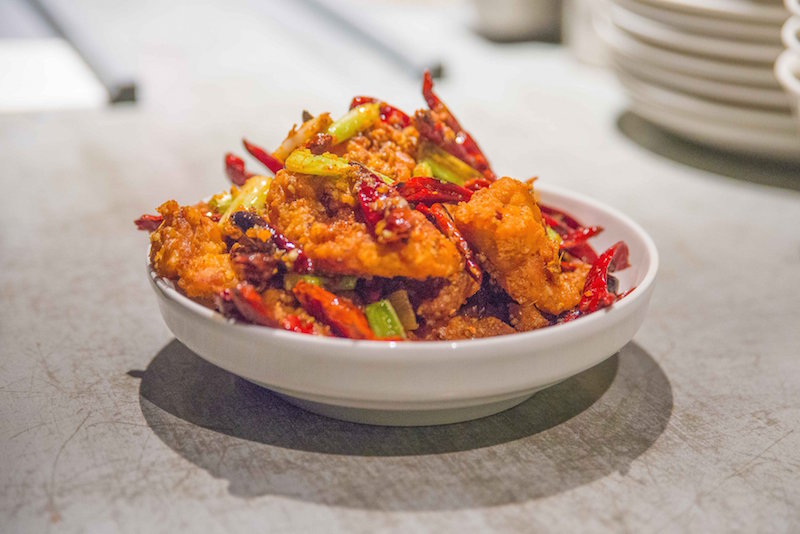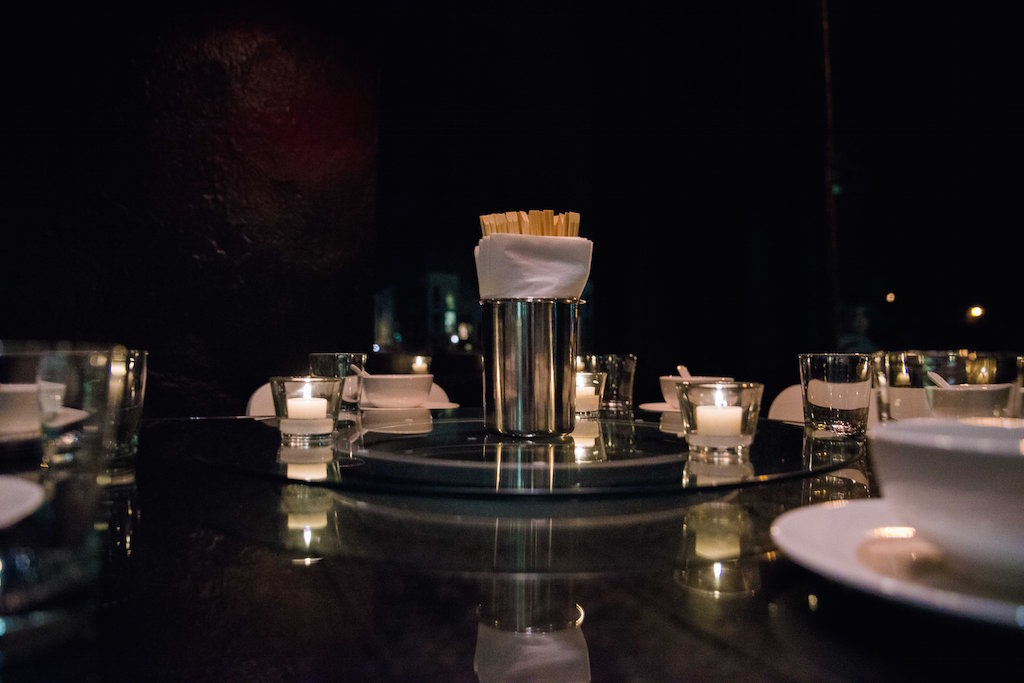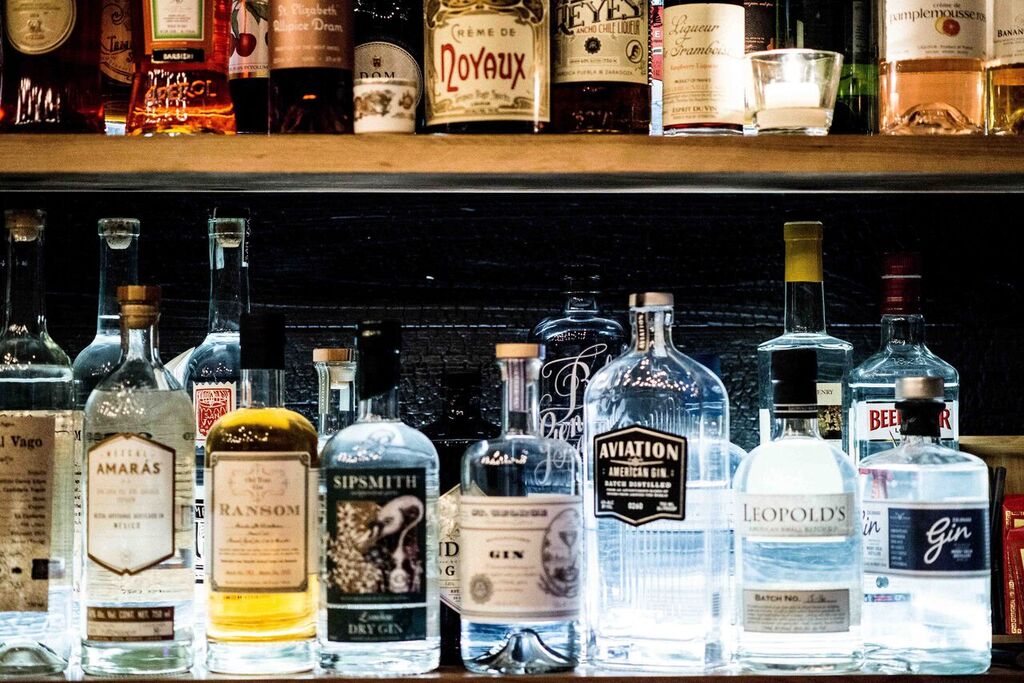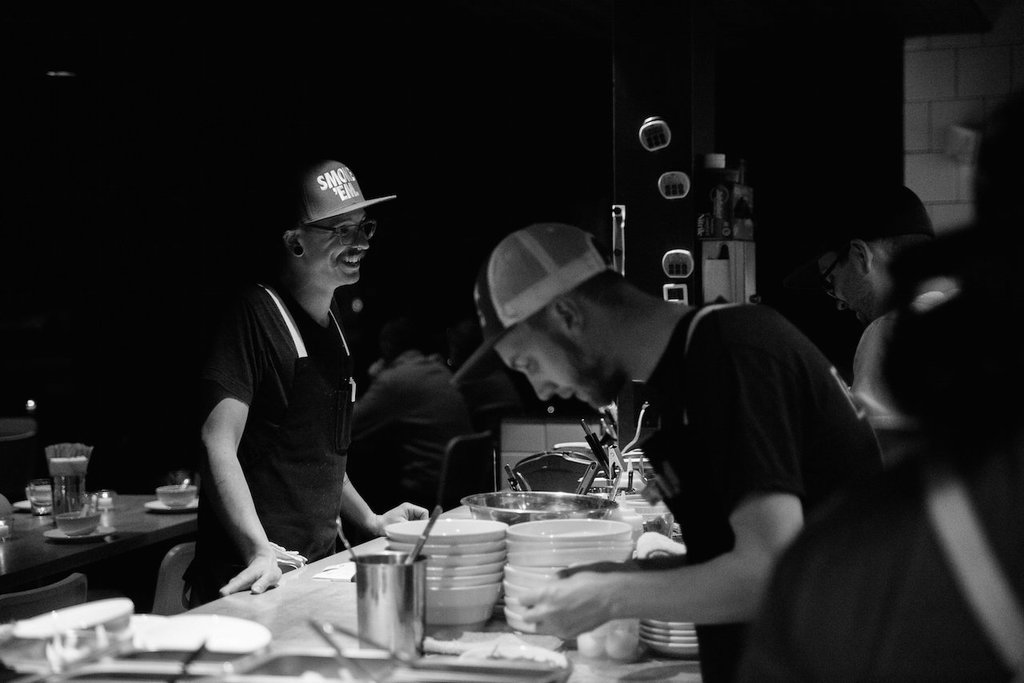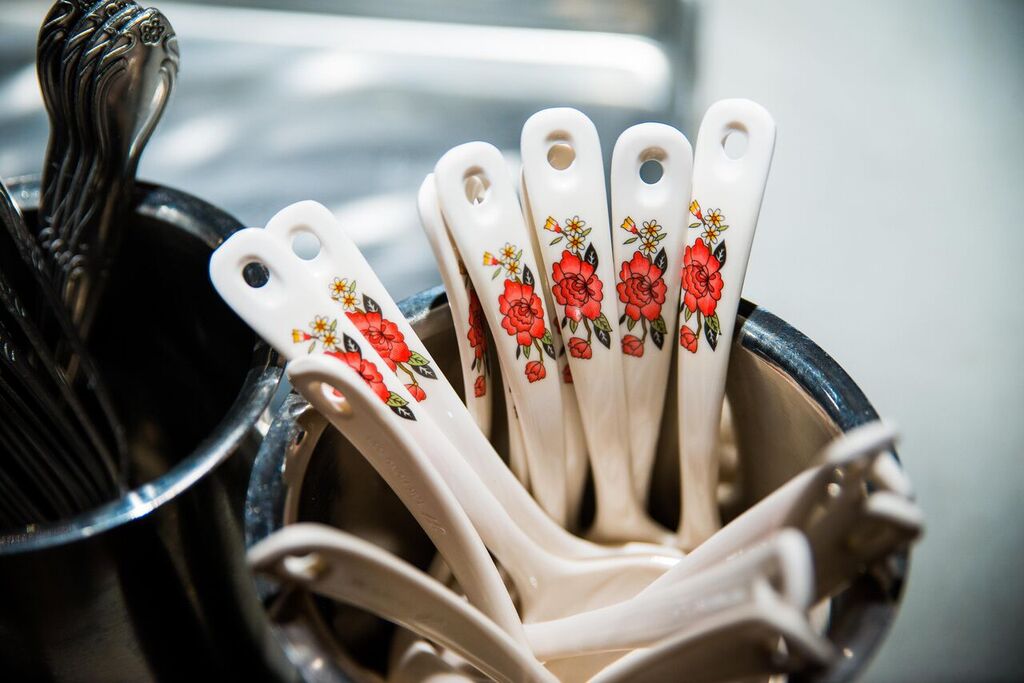
Over the last few years, Denver restaurants focusing on East Asian and Southeast Asian gastronomy have carved out a commanding presence in the local dining scene. Familiar industry powerhouses including brothers Toshihiro and Yasuhiro Kizaki of Sushi Den/OTOTO/Izakaya den, Jeff Osaka of Osaka Ramen/Sushi-Rama and Lon Symensma & Ryan Gorby of ChoLon/Cho77 were able to respectively open new ramen, sushi and street food restaurants in 2015, while newcomers behind the likes of Onefold and Komotodo Sushi Burrito settled into niche fast-casual fusion realms, serving up unique alternatives for breakfast and lunch. Noticeably missing from this landscape, however, was a fresh take on Chinese.
“To me it was eye-opening to realize there’s a world of Chinese cuisine that I’d never been exposed to and I didn’t know could be like this. I thought, why isn’t this out there?” said Somma.
—
